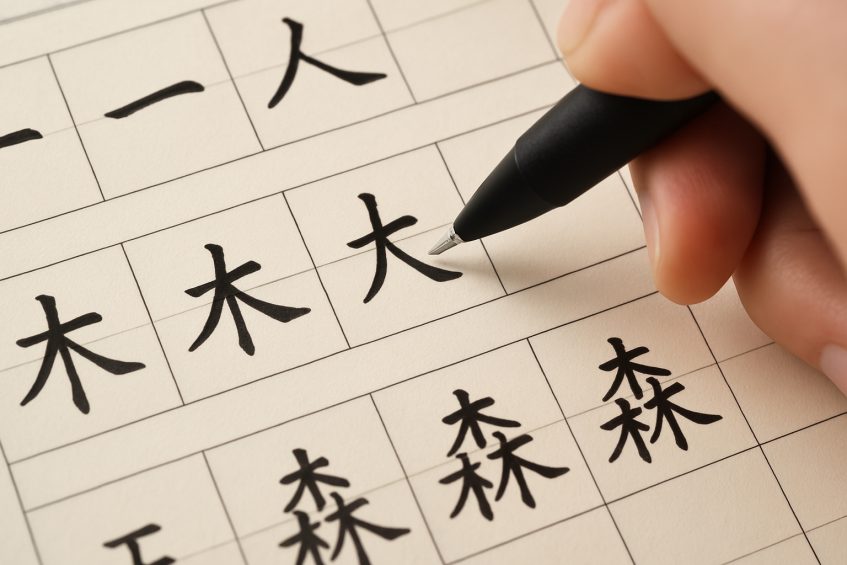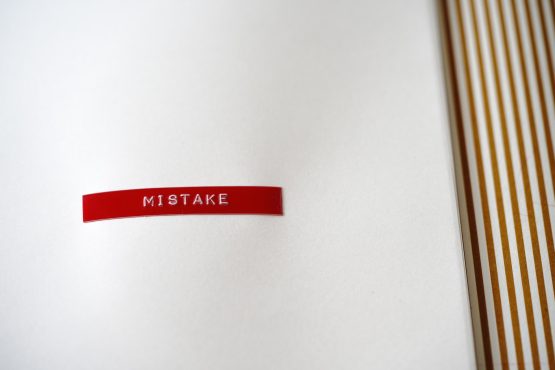Why Writing Chinese Characters Feels Like Drawing (and Why That’s a Good Thing)

If you’re learning Chinese, chances are you’ve been struck by how different it looks from English. At first glance, Chinese characters might appear complicated, even intimidating. But there’s something surprisingly creative about them too — something that makes writing Chinese feel more like drawing than writing in the traditional sense.
And here’s the best part: that’s not a bad thing. In fact, it can be one of the most enjoyable and rewarding parts of the language-learning process. Whether you’re a visual learner, an artist at heart, or someone simply looking for a fresh take on language study, writing Chinese characters offers a unique blend of structure and creativity that few other languages can match.
Writing That’s Built from Shapes, Not Letters
Unlike English and other alphabetic languages that rely on a fixed set of letters, Chinese is a logographic language. That means each character represents a word or idea rather than a sound. The Chinese writing system has thousands of characters, and while that may sound overwhelming, each character is constructed from a finite set of basic strokes.
At its core, every character is a small drawing — or at least, it began that way. The character for “sun” (日) used to look like a circle with a dot in the middle. The one for “tree” (木) looks like a trunk with spreading branches. Many characters originated as pictographs, visual representations of objects or concepts. Over thousands of years, these evolved into more stylized forms, but their visual roots remain.
When students begin learning Chinese, they’re not just learning how to write; they’re learning how to compose visual symbols that carry meaning. This is one reason why so many learners describe the process as similar to sketching or drawing. Each stroke has a specific direction, each radical (a component of a character) adds meaning, and there is a natural rhythm to the process.
Structure That Helps You Remember
One major benefit of writing characters by hand is that it helps you remember them. Writing by hand engages more areas of your brain than typing, especially when you’re learning new visual information. This is particularly important with Chinese, where characters can be complex and visually similar.
Take the characters for “big” (大), “dog” (犬), and “sky” (天). At first glance, they may appear almost the same to a beginner. But as you write them repeatedly, your mind begins to recognize and categorize their subtle differences. You develop muscle memory, a mental model of what each character looks and feels like when written correctly. This is something typing simply can’t offer on the same level.
As you start to build your vocabulary, you’ll notice patterns. Characters are made up of radicals, which are smaller components that often hint at meaning or pronunciation. For example, the “氵” radical appears in many characters related to water — like 河 (river), 洗 (wash), and 海 (sea). By learning to write these characters, you’re also learning to see how ideas connect in the language itself.
Need a break from the pressure of writing essays or keeping up with multiple assignments? Sometimes, it helps to delegate part of your academic workload while focusing on a skill like Chinese writing. You can use a trusted essay writing service to manage your essays and written tasks, giving you more space to immerse yourself in learning something as unique as this.
Stroke Order: Drawing with Purpose
One of the first things every Chinese learner encounters is stroke order — the set of rules that dictates the order in which each stroke of a character is written. This might seem overly strict or even unnecessary to a beginner, but it serves several key purposes.
1. Balance and Legibility
Stroke order ensures that your characters are balanced and legible. Chinese characters are written within a square space, and following the stroke order helps maintain that structure. Characters written out of order often look sloppy or even unrecognizable to native speakers.
2. Character Recognition
Stroke order helps with character recognition. Chinese dictionaries and handwriting input systems rely on it to categorize characters. Writing with the correct order reinforces your ability to read and write efficiently.
3. Rhythm and Focus
Finally, and perhaps most surprisingly, stroke order creates a rhythm that many learners find calming. The repetitive nature of writing the same character over and over is similar to practicing scales on a piano or sketching the same shape until it feels right. It’s a process that builds focus, patience, and discipline — while also feeling remarkably meditative.
The Artistic Side of the Language
There’s a reason Chinese calligraphy is considered a form of art. The act of writing characters, especially with brush and ink, is as much about expression as it is about language. Calligraphers pay attention to spacing, flow, and the energy within each stroke.
While modern students usually learn with pens or pencils, the artistic side of character writing still comes through. There’s satisfaction in writing a perfectly proportioned character, in getting the strokes just right, in seeing your own progress as you go from messy attempts to confident, clear forms.
This sense of artistry can be especially motivating for students who enjoy drawing, design, or visual thinking. If you’ve ever doodled in the margins of your notebook, learning Chinese may give you a new outlet for that creativity.
Bridging Language and Culture
Learning to write Chinese characters also offers a deeper connection to Chinese culture and history. Characters like 家 (home), which contains the radical for “roof” over the symbol for “pig,” reveal how language is shaped by the lives and values of people. In ancient China, having pigs under your roof was a sign of wealth and stability — hence the character for “home.”
When you write Chinese, you’re not just memorizing vocabulary — you’re touching a 4,000-year-old tradition. You’re participating in a cultural practice that connects millions of people across centuries.
This makes writing Chinese feel more meaningful than simply jotting down notes in a notebook. Each character has a story. Each radical has a purpose. And each stroke contributes to a system that’s both practical and poetic.
A Skill Few Others Have
Very few students in the United States can say they know how to write Chinese characters. While more and more schools are introducing Mandarin as a foreign language option, it’s still relatively rare. That means learning to write Chinese gives you a skill that sets you apart.
Whether you’re thinking about college applications, future jobs, or just impressing your friends, being able to write in Chinese is a unique and valuable asset. It shows discipline, curiosity, and a willingness to learn something complex and different.
Try It for Yourself
The best way to understand why writing Chinese feels like drawing is to try it yourself. Start with simple characters like 人 (person), 大 (big), or 水 (water). Use a grid sheet to help keep your strokes aligned, and look up the proper stroke order.
You’ll probably find that after a few tries, you start to enjoy the process. You’ll notice the way each stroke fits with the next. You’ll feel a sense of satisfaction as your characters start to take shape. And you might even catch yourself smiling — because drawing a language is a lot more fun than you expected.
Final Thoughts
Writing Chinese characters combines structure, memory, and creativity in a way that few other languages do. It feels more like drawing because it taps into your visual brain, your hands, and your artistic instincts. It might take more time and effort to master, but it offers a level of engagement and satisfaction that makes it well worth it.
So next time you’re learning a new character, don’t think of it as memorizing a strange symbol. Think of it as creating something — one stroke at a time.










